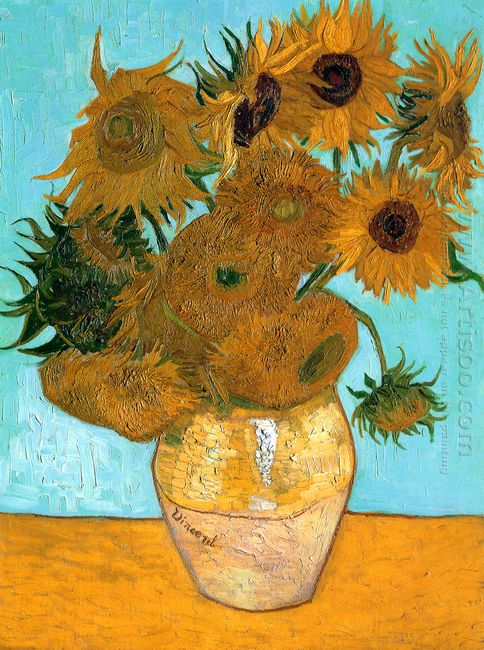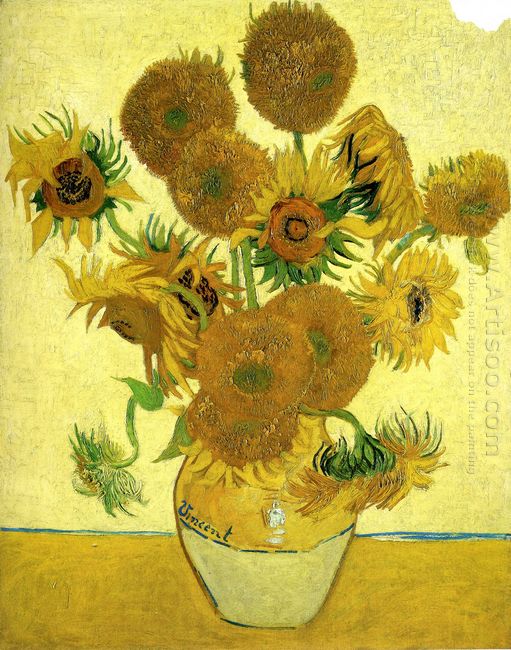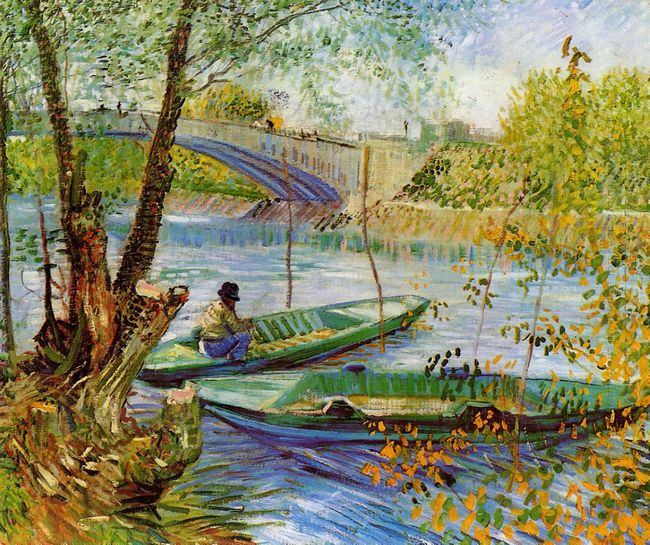Sometimes it takes generations to understand art. Vincent Van Gogh, as a representative of Impressionism, is an example. His works, which people in modern time take great pride in owning, are among the most well-known and delicate arts in the world. But that's not the case when he was alive: his works were once used to mat table legs.
In the beginning of Van Gogh's painting career, his drawing always showed the mood which was often negative.
Later, however, a drastic change happened in Van Gogh's drawings, Vincent van Gogh says: "The more ugly, older, more cantankerous, more ill and poorer I become, the more I try to make amends by making my colours more vibrant, more balanced and beaming." Maybe that is the reason why Van Gogh chose bright colors in his later works. They are like cheerful songs to comfort those who are suffering. Painting became a way to express his dream and hope. So his most outstanding and ingenious works came from the last six years of his life.
A British critic said: "Van Gogh used all his energy to pursue the simplest and the most ordinary thing in the world. That is the sun." He not only drew in sun-like warm tones but also the sun itself. Moreover, he portrayed sunflowers repeatedly and once said he was the sunflower itself. Van Gogh's painting of sunflowers has a magic power of blowing away any painful emotions and I think that is why Van Gogh's paintings fascinate people all around the world.
“I put my heart and my soul into my work, and have lost my mind in the process.” This confession tells the short life of Van Gogh. He lived a miserable life, because he is sensitive and emotional. And being a painter only adds his suffering and loneliness. Although he possesses artistic vision and talent, his works were not appreciated but severely criticized at that time. And he killed himself at 37.






